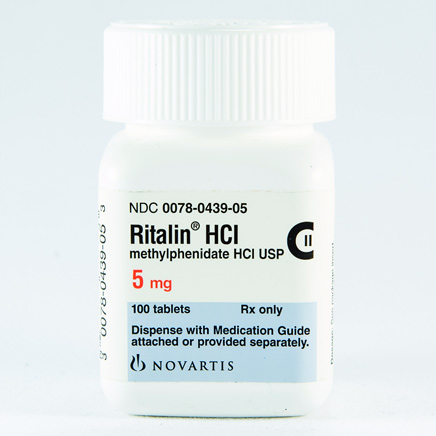ketamine
€ 120,00 – € 2.010,00
buy ketamine without prescription Ketamine is prescribed for medical and veterinary use as a dissociative injection anesthetic in the US. It is approved for use in deprived patients with acute suicidal ideation/behavior for treatment-resistant depression and S-enantiomer racemic ketamine. Ketaset is the veterinary term for surgical anesthesia. From Trusted Pharmacy you can buy Ketamine pills in many strengths and different forms.buy ketamine without a prescription
Description
Ketamine
What Is Ketamine?
Ketamine was first synthesized in the 1960s and approved for medical use in 1970. Initially, it was used as an anesthetic during surgery, especially in emergencies and on the battlefield. It belongs to a class of drugs known as dissociative anesthetics, which work by disconnecting the mind from the body, creating a trance-like state.
Today, ketamine is still widely used in veterinary medicine and for certain medical procedures in humans. However, its role has expanded significantly in recent years, particularly in the treatment of mental health disorders.
Medical Uses
Anesthesia
Ketamine is a highly effective anesthetic that doesn’t suppress breathing as much as other options. This makes it a preferred choice in situations where maintaining airway control is critical. It’s used in:
- Emergency surgeries
- Pediatric procedures
- Animal care
Mental Health Treatments
In recent years, ketamine has gained recognition for its rapid-acting antidepressant effects. Studies show it can be effective for conditions such as:
- Depression: Particularly for individuals with treatment-resistant depression.
- Post-Traumatic Stress Disorder (PTSD): Helping to reduce intrusive thoughts and anxiety.
- Anxiety Disorders: Providing relief when traditional treatments fall short.
Many clinics now offer ketamine infusion therapy, where low doses are administered intravenously in a controlled environment. The effects are often felt within hours, a significant improvement over traditional antidepressants, which can take weeks to work.
Pain Management
Ketamine’s ability to block pain signals makes it a valuable tool for managing chronic pain. It’s often used for:
- Complex regional pain syndrome (CRPS)
- Neuropathic pain
- Post-surgical recovery
How Does IT Work?
Ketamine’s unique mechanism of action sets it apart from other drugs. It primarily works by blocking NMDA receptors in the brain, which play a role in pain perception and mood regulation. This action can:
- Reduce overactive brain signals linked to chronic pain.
- Stimulate the growth of new neural connections, potentially reversing damage caused by stress or depression.
Potential Risks and Side Effects
Like any medication, ketamine is not without risks. Common side effects include:
- Nausea
- Dizziness
- Increased heart rate
- Disorientation or confusion during treatment
When misused, ketamine can lead to more serious consequences, such as dependency or cognitive impairments. Long-term misuse may damage the bladder or kidneys, a condition known as ketamine cystitis.

Additional information
| Bottle | 1, 2, 3, 5, 10, 50 |
|---|





